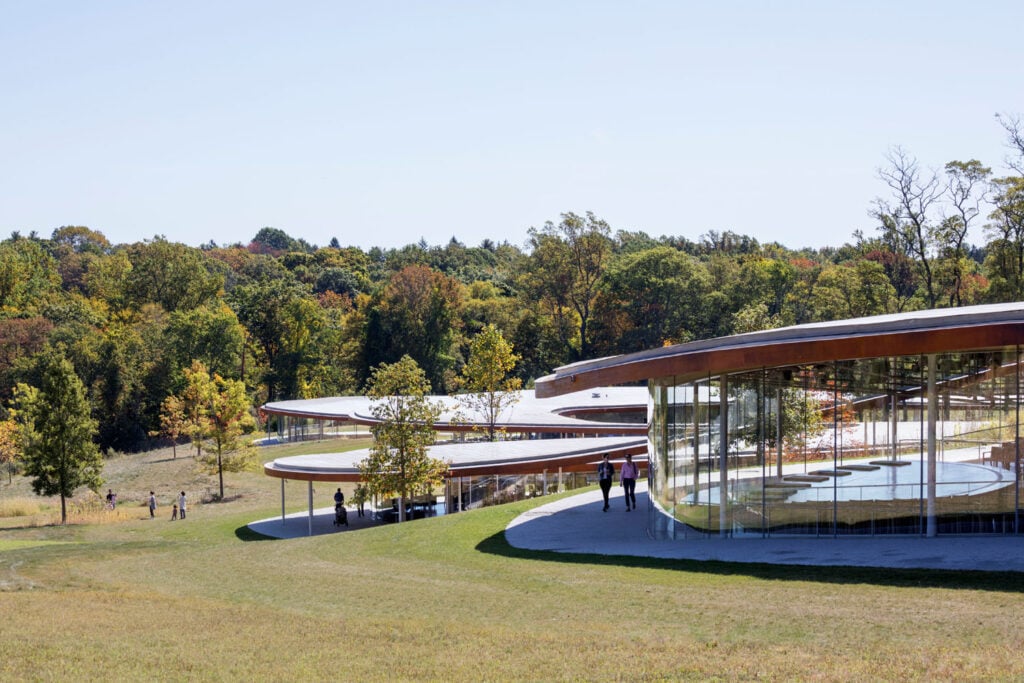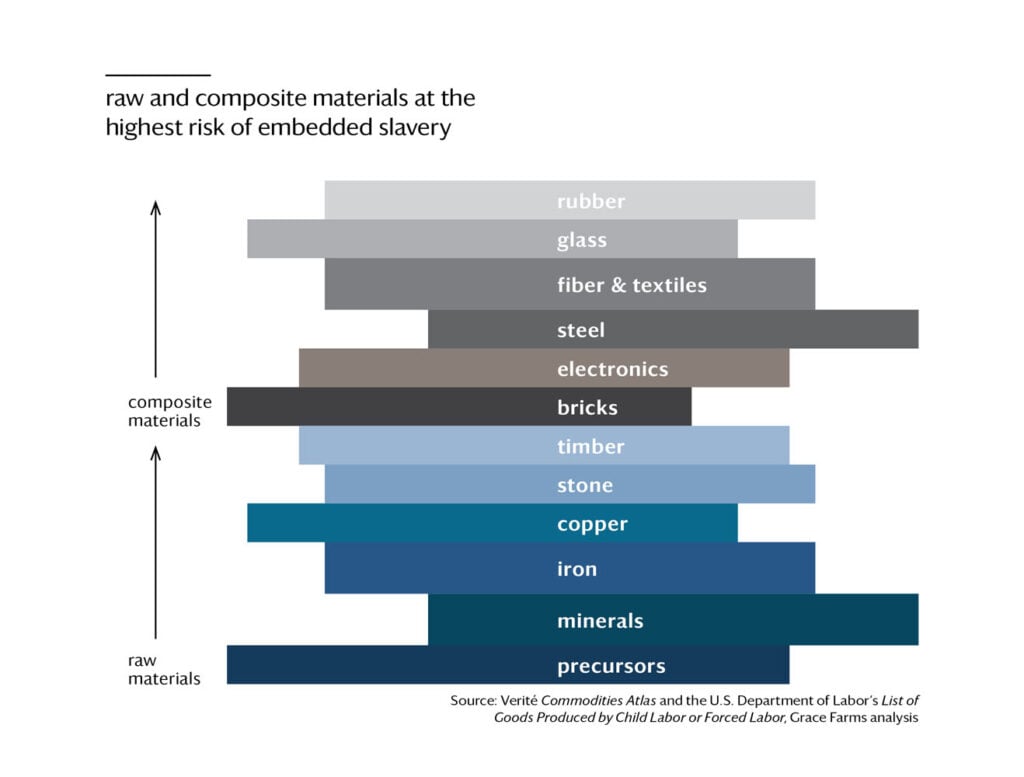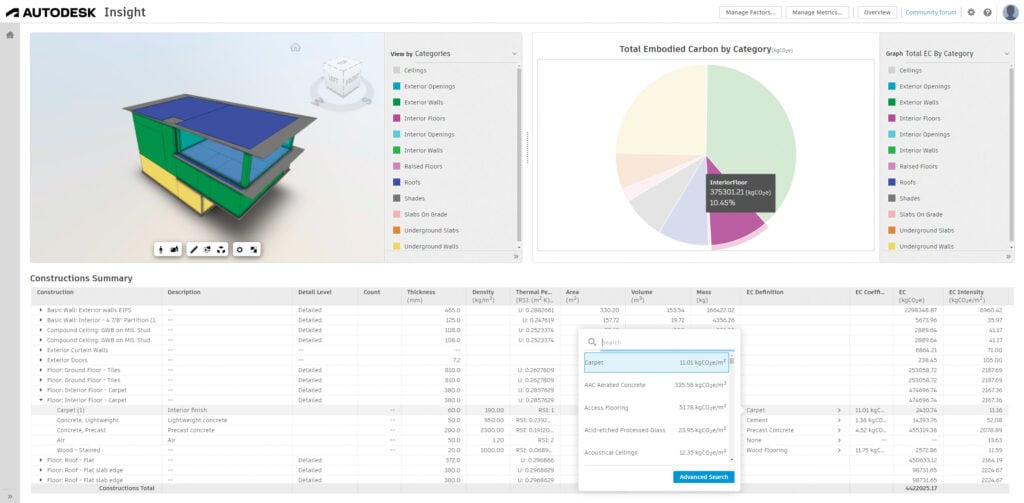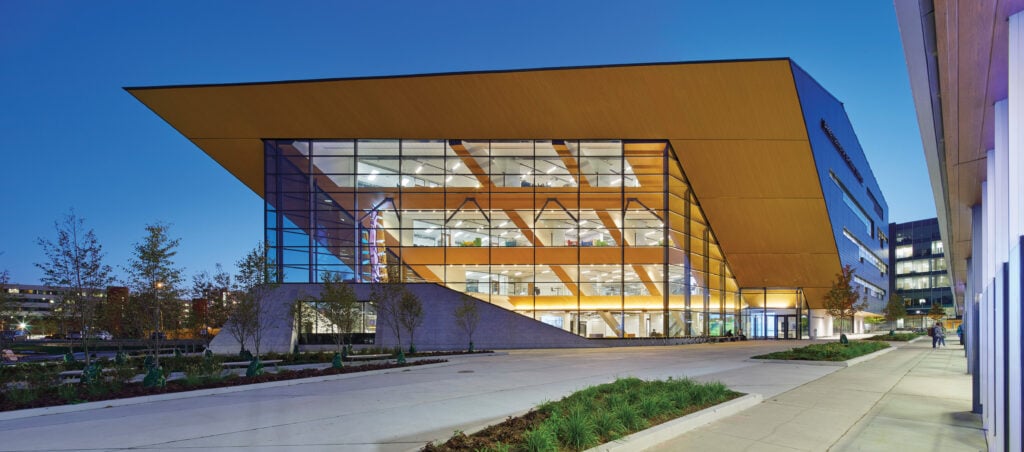
September 22, 2021
Grace Farms Takes Aim at Modern Slavery in the Building Industry
“We’re not politicians, we’re designers, but through design we can have an impact on policy.”
Rick Cook

One major challenge is that our global supply chains for building materials are highly opaque. “It starts with asking questions—first about the provenance of the materials, because there is a dearth of data on that, and second, about whether those materials were made with fair labor practices,” Prince says. Firms participating in the Design for Freedom are beginning to do just that.
FXCollaborative, for example, is updating its materials library by asking manufacturers and product suppliers questions related to health, sustainability, and social justice—including confirming that products are created without child or enslaved labor. SHoP is investigating ways that digital models can integrate data not only about the building’s performance, but also the sourcing of base materials.
Rick Cook, founding partner of COOKFOX, worked with Grace Farms Foundation to put together a Design for Freedom training program for its more than 100 staff members, starting with a series of presentation and followed by ongoing studio talks. “We’re not politicians, we’re designers, but through design, we can have an impact on policy, even if that policy is peripheral things like certifications,” Cook says. “We’re trying to build a comfort level for everybody in the studio to talk openly to our suppliers, consultants, and clients about the movement and make them feel like they’re part of something.”
Would you like to comment on this article? Send your thoughts to: [email protected]
Latest
Products
Autodesk’s Forma Gets You Ahead of the Curve on Carbon
Autodesk Forma leverages machine learning for early-phase embodied carbon analysis.
Products
Eight Building Products to Help You Push the Envelope
These solutions for walls, openings, and cladding are each best-in-class in some way—offering environmental benefits, aesthetic choices, and design possibilities like never before.
Viewpoints
3 Sustainability News Updates for Q3 2024
Policy initiatives are gathering momentum as the federal government and building sector organizations align their expertise under the umbrella of the Inflation Reduction Act.





